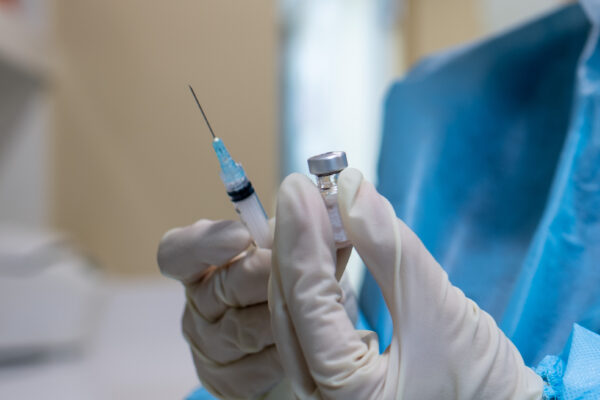One of the Biden Administration’s most prominent goals was to have 70% of American adults partially or fully vaccinated from COVID-19 on July 4th, 2021. This goal was missed by 3%, with 67% of adults partially vaccinated by Independence Day.
The biggest reason for how we, despite widespread vaccine hesitancy, managed to even get close to 70% was the ‘National Month of Action’ that occurred in June. Along with it came federal, state, and privately sponsored programs and incentives to increase vaccination rates, including vaccine lotteries, free tickets, free donuts and beer and various other financial and social incentives.
Transportation has been constantly mentioned in numerous surveys and articles as one of the most common reasons why an individual has not received the vaccine yet.
While the vaccine itself is free, there are a lot of hidden costs associated with it – the cost of transportation, the cost of childcare, and the opportunity cost of missing work. The administration attempted to address this, and improve access to care, through tax credits for employers who provide PTO for vaccines and their side effects, bringing vaccinations directly to people’s workplaces, and sponsoring pop-up clinics in transportation hubs and other high-footfall areas.
The federal government also brokered a deal with Lyft and other rideshare companies, allowing Americans to order a free ride to and from a vaccination site. As of June 8th, 150,000 free rides were completed, giving us an estimate of about 500,000 free rides from May 24th to July 4th, a step in the right direction for eliminating one of the biggest reasons for low vaccination rates – access to the vaccine.
However, vaccination rates were lower than expected despite all the incentives being put into place, and the administration missed their vaccination goal. This indicates that the programs instituted were simply not enough, and more needed to be done to eliminate barriers to care.
Behavioral economics research has shown us that the ‘hassle costs’ of doing a particular action often mentally outweigh the benefits of that action, even if we gain much more than we lose. This is true for the vaccine-hesitant, who are already unmotivated to get the vaccine, and perceive the gain from doing so to be far less than it is. As such, any program reliant on the individual to coordinate and book the ride to and from the vaccine will lead to many individuals simply not bothering to do so.
Possible ways of addressing this would be outreach programs aimed at educating the hesitant that are geared towards targeting specific sources of hesitancy – cultural, political, social – depending on what is prevalent in particular communities. Additionally, informational campaigns could be employed alongside providing even greater access to transportation –public transport vouchers or providing free rideshare trips for greater distances for example – could allow those who are merely hesitant due to the logistical barriers to avail the provided transportation.
Members of vulnerable populations, like the elderly and low-income individuals, could also be targeted with transportation incentives like Roundtrip’s Vaccine Access Program, which helps healthcare professionals coordinate rides to and from vaccine appointments. Ultimately, increasing vaccine uptake is integral to combating the recent surges in COVID-19 cases currently observed in states and counties with the lowest vaccination rates, and access to transportation is one of the easiest and most effective ways to do so.
